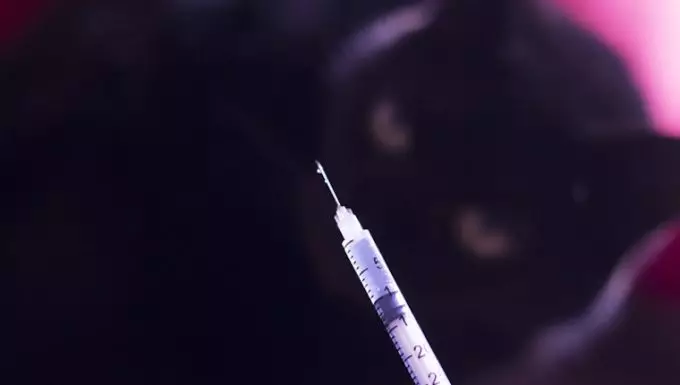Diabetes is a serious health condition that can afflict our feline companions. When untreated or improperly managed, it can escalate to grave situations, including diabetic coma. This alarming condition occurs in cats when blood glucose levels become excessively elevated, or conversely, when a cat is administered an excess of insulin. Understanding the nuances of this condition can equip cat owners with the knowledge required to protect and care for their furry friends effectively.
Before a cat reaches the critical stage of a diabetic coma, it typically exhibits a range of symptoms that serve as warnings. Common signs include uncharacteristic lethargy, coordination issues, frequent shivering, and in severe cases, seizures. These symptoms signify the body’s struggle to manage blood sugar levels and should never be taken lightly. If you observe any of these signs in your cat, immediate veterinary intervention is crucial. Ignoring these early indicators can lead to rapid deterioration of their health.
Diabetic coma in cats generally stems from two primary causes: hyperglycemia and insulin overdose. Hyperglycemia occurs when a cat’s blood glucose levels spike beyond normal limits, often due to inadequate management of their diabetes. Conversely, an excess of insulin can precipitate the opposite effect, leading to dangerously low blood sugar levels, known as hypoglycemia.
Certain feline demographics are more susceptible to experiencing diabetic coma. Older cats, particularly those with obesity, are at heightened risk. Their bodies may not process glucose effectively, leading to complications if not appropriately monitored. It’s imperative for pet owners to be observant and proactive about their cat’s health, as early detection can make a significant difference in outcomes.
If you suspect your cat is heading into a diabetic coma, act swiftly. Call your veterinarian or an emergency vet clinic immediately. Time is of the essence. Upon arrival at the veterinary facility, the veterinarian will work to stabilize your pet.
In cases where the cat has not yet succumbed to a coma, the evaluation process will begin with an inquiry into their symptoms. This will be followed by a comprehensive physical examination and relevant diagnostic tests, including blood and urine evaluations. These assessments are pivotal in determining blood sugar levels and recognizing any underlying health issues contributing to the condition.
Most cats that experience diabetic coma will require hospitalization for intensive care. Treatment may include intravenous fluid therapy to rehydrate the cat and correct electrolyte imbalances. Depending on the individual situation, additional interventions may be necessary, such as oxygen support or medications aimed at stabilizing blood sugar levels.
The journey to recovery can be prolonged, and it typically involves a reevaluation of the cat’s overall diabetes management plan. Pet owners will need to work closely with their veterinarians to develop an appropriate regime for controlling their cat’s diabetes, whether through dietary modifications, insulin administration, or regular monitoring of blood glucose levels.
Recognizing the importance of prevention is essential for safeguarding your cat’s well-being. Regular vet check-ups, maintaining a healthy diet, and ensuring that your cat is active can significantly reduce the risk of diabetes and its complications. Being attuned to any subtle changes in your cat’s behavior or health is also crucial.
By understanding the symptoms and causes of diabetic coma, cat owners can take proactive steps to keep their pets healthy and happy. If you’ve faced this challenge with a cat in your care, it would be enlightening to share your experience and how veterinary care impacted your furry companion’s recovery journey. Collectively, we can enhance our understanding of pet health and the critical steps needed to ensure our beloved cats lead vibrant, healthy lives.


Leave a Reply